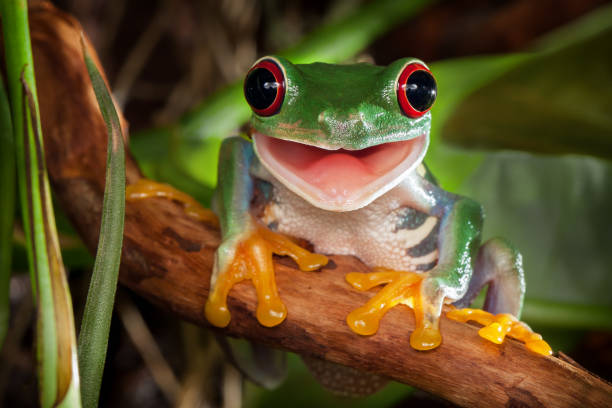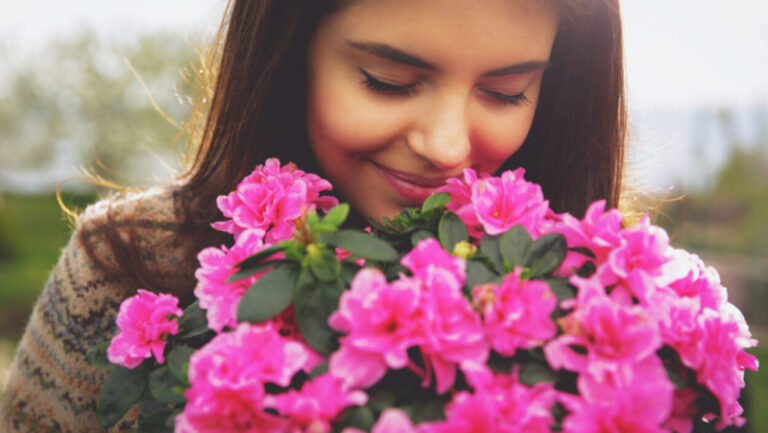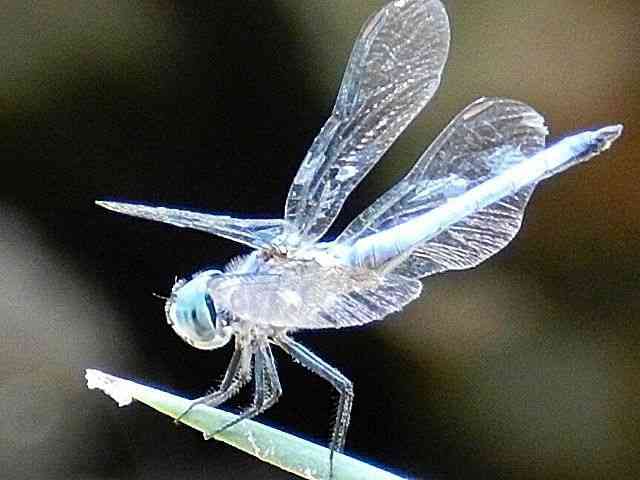10 Flowers That Represent Freedom
Freedom is a fundamental human right and a universal value. When we think of freedom, we may think of great leaders, movements, or historical events that led to the liberation of people. But there are also beautiful symbols of freedom found in nature – flowers. Many flowers have come to represent the concept of freedom due to their characteristics or symbolic meanings. This article will explore 10 flowers that represent freedom.
Flowers That Represent Freedom
Lilies
Lilies have strong symbolic ties to freedom in many cultures. In ancient Greek mythology, the lily was considered sacred as it represented the goddess Hera. Hera was the goddess of women, marriage, and birth. Her lily symbolized female power and the right of women to live freely. White lilies are also tied to rebirth and new beginnings. Their ability to rapidly grow, bloom, and spread seeds represents the freedom to grow and thrive without restraint.
Sunflowers
The bright, vibrant sunflower is famous for representing joy, warmth, and adoration. But it has also long stood as a symbol of freedom. Sunflowers always grow towards sunlight, representing freedom from darkness and freedom to determine your own direction in life. In Greek mythology, the tale of Clytie the water nymph also links sunflowers to freedom. When Clytie was abandoned by her love Apollo, she was buried alive and transformed into the first sunflower so she could be free to always face Apollo.
Dandelions
Dandelions grow freely and rapidly everywhere, representing the ability to thrive without being constrained. Their airy, whimsical seeds scatter freely with the wind. The hardy dandelion perseveres from season to season, representing the freedom to live without limits. Culturally, dandelions represent overcoming hardship through hope and resilience. They remind us we all have the freedom to choose joy, whatever our circumstances.
Nerines
These autumn-blooming bulbs signify good fortune and freedom. Named after the Nereids, ancient Greek water nymphs who represented the freedom of the seas, Nerines symbolize independence, self-reliance, and freedom from conformity. Their unique shape adds to their symbolism of freedom to be different and break from expectations. Nerine’s late bloom time also represents freedom from the constraints of normal seasonal growing cycles.
Freesias
Delicate, fragrant freesias earned their name from the German word “frey” meaning free. Their sweet scent and graceful posture symbolize the beauty and simplicity of freedom. Freesias come in a diverse rainbow of colors, emphasizing freedom of self-expression. They also make exceptional cut flowers, representing freedom to arrange your life and surroundings as you wish.
Edelweiss
In Alpine countries, the rare mountain flower Edelweiss represents courage, daring, and freedom. It grows in rocky hard-to-reach cliffs, symbolizing the ability and freedom to persevere against all odds. During World War II, the Edelweiss was used as a secret symbol by the Resistance to represent their fight for freedom from Nazi occupation. Today it reminds us freedom must sometimes be fought for and protected.
Yellow Roses
Since ancient times, yellow roses were seen as symbols of friendship, joy, and freedom from worry. Unlike other roses, yellow roses have a lovely, delicate scent but no thorns. This represents the freedom from pain, suffering, and hardship. Their bright, sunny color energizes the spirit with optimism and hope. The freedom to choose happiness and positivity is embodied in these yellow blooms.
Strelitzia
The vivid orange and blue flowers of the Strelitzia plant are shaped like tropical birds in flight. This distinctive flower is aptly called the bird of paradise. In many cultures, the Strelitzia represents freedom, good fortune, and even the immortality of the human spirit. The freedom of a bird to take flight is captured in the vivid plumes of this gorgeous flower.
Asclepias
Butterfly weed or Asclepias tuberosa is a wildflower named after the Greek god Asclepius who represented healing and freedom from illness. Its bright orange flowers are a beacon to Monarch butterflies. Once rooted, Asclepias spreads freely and effortlessly across meadows, representing the potential for ideas of freedom to rapidly spread through culture. The journey of the Monarch butterfly, which migrates thousands of miles every year in complete freedom, is fueled by the nectar from this vibrant bloom.
Tulips
Tulips have signified freedom since World War II when the Netherlands sent over 100,000 tulip bulbs to Canada as a gift for harboring the Dutch royal family during the war. The tulip’s connection to liberation and international friendship made it a postwar symbol of freedom. Today the vibrant colors and varieties of tulips represent freedom of choice, whether in the garden or in life.
White Flowers Representing Freedom
White flowers often symbolize purity, reverence, and new beginnings. Their bright white color conjures images of fresh fallen snow, untainted and unwritten. For this reason, white flowers like daisies, roses, calla lilies, and baby’s breath can represent the freedom of a blank slate – a freedom from the burdens and stains of the past. Their bright open faces turn hopefully towards the light, free of shadow. They represent the freedom to forge one’s own path into the future, following one’s inner light. White flowers given as gifts can signify freeing oneself or another from outmoded attachments. At weddings, white flowers celebrate the freedom found in joining one’s life with another in joyful union.
Purple Flowers Symbolizing Freedom
Purple is the color of creativity, individuality, and vision – all qualities connected to freedom of spirit. Purple flowers like lavender, orchids, iris, allium and clematis can symbolize free thinking, freedom of expression, and being free to live according to one’s true self. The independent, individualistic purple flower blooms whether others understand it or not. It represents the freedom to construct one’s own meaning and identity on one’s own terms. Purple flowers can be given to celebrate moments of personal liberation and self-realization. They make fitting graduation gifts, for example, representing freedom through gaining knowledge and vision.
Blue Flowers Representing Freedom
Serene blue is the color of sky and sea – symbols of timelessness, calm, and freedom. Blue flowers like hydrangeas, morning glories, delphinium, and cornflowers can represent freedom from worry, freedom from anger or fear, and the vast open freedom of spirit often described as serenity or peace. Their cool blue hues are refreshing and wide open like the clear blue sky, reminding us of the freedoms that come from inner stillness and tranquility. They represent the freedom gained by loosening rigid attachments and opening to deeper truths. Blue flowers given as gifts encourage freeing oneself from limiting mindsets, assumptions, or beliefs.
The Freesia Flower
The freesia flower derives its name from the German physician Friedrich Heinrich Theodor Freese, honoring his work in the plant’s hybridization. Today, the cheerful, bell-shaped freesia with its sweet citrusy scent has become a popular flower representing innocence, friendship, trust, and the free, happy spirit of a child. Its name makes it an obvious symbol of freedom, free thinking, and free expression. The freesia’s meaning encourages living freely and openly according to who you truly are inside.
Conclusion
The beauty of flowers contains deep symbolic meaning. Throughout history and across cultures, flowers have been used to represent important values like freedom. Their variety, color, scent, and even their origins convey messages of liberty, independence, and the human spirit’s longing for freedom. The next time you see one of these special blooms, reflect on all that freedom represents.
Faqs
What flower is a symbol of freedom?
Some flowers that symbolize freedom include:
- White flowers like daisies, roses, calla lilies, and baby’s breath represent purity, new beginnings and the freedom of a blank slate.
- Purple flowers like lavender, orchids, iris, and clematis symbolize free thinking, freedom of expression, and being free to live according to one’s true self.
- Blue flowers like hydrangeas, morning glories, and cornflowers represent inner stillness, serenity and freedom from worry, anger or fear.
- Freesia flowers represent innocence, friendship, trust and a free, happy spirit. Their name also directly connects them to freedom.
What plant is associated with freedom?
Some plants associated with freedom include:
- Oak trees symbolize strength, resilience and freedom.
- Laurel wreaths are a symbol of triumph, victory and freedom in ancient Greece and Rome.
- Palms represent victory, success and freedom in Judeo-Christian culture.
What flower symbolizes peace and freedom?
Some flowers symbolizing both peace and freedom include:
- White lilies represent purity, tranquility, rebirth and new beginnings.
- White roses signify reverence, humility, innocence and freedom from the burden of the past.
- Blue hydrangeas and morning glories symbolize inner stillness, calm and freedom from anger or fear.
What symbols represent freedom?
Some symbols commonly associated with freedom include:
- Broken chains and open shackles
- Birds like doves or eagles in flight
- Flags and historic freedom symbols like the Liberty Bell
- Lady Liberty and other national symbols
- The colors blue, white and purple







